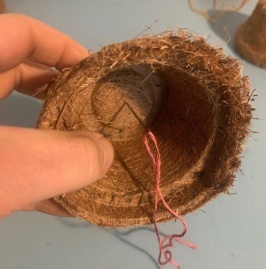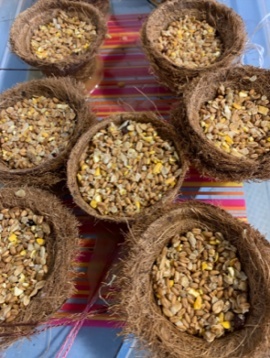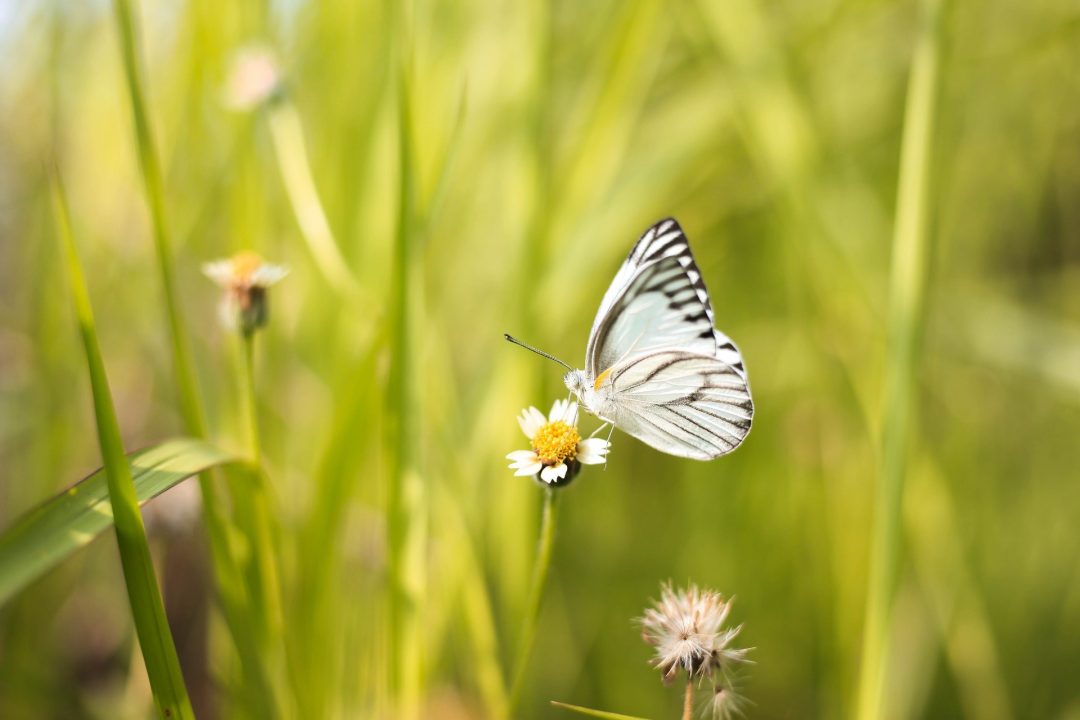Urgent Notice
Hestercombe will be closed all day on Tuesday, December 16th, while the National Grid completes local high-voltage work across the estate. Sorry for any inconvenience this may cause.
We love to see wildlife activity in our gardens but how can we encourage and support them? Head Gardener Claire Greenslade explains.
Hestercombe will be closed all day on Tuesday, December 16th, while the National Grid completes local high-voltage work across the estate. Sorry for any inconvenience this may cause.
A diverse range of wildlife living in your garden can be really beneficial to garden plants, and to the gardener. Frogs, toads and hedgehogs will help you keep slugs at bay, ladybird larvae with munch through your aphids, and bees and insects will pollinate your plants whilst also being a food source for visiting birds and bats.
Image: by Satria Bagaskara from Pexels
So how can we encourage and support wildlife activity in our gardens?
Firstly, by not being too tidy! There are several ways this can help. If you don’t cut the lawn so much, or if you leave wild areas to grow this will mean that wildflowers will be able to mature and provide nectar for insects.
Log piles or piles of brash make great habitat for all sorts of creatures to hide in from toads and newts, to centipedes and beetles. As the wood rots down fungi will get to work recycling the rotting wood and providing a habitat for slugs and snails that then become a food source for birds and amphibians.
Can you add an area of water? It doesn’t have to be huge. If you have a room, a small pond can provide water for birds, different types of insect life from water boatmen to damsel and dragonflies, and frogs and newts. Make sure that wildlife has a way of getting in and out of the pond either by having shallow areas, or by providing some kind of ‘ladder’ for them to escape up.
My garden (at Chateau Greenslade) is small so I don’t have a pond but I have lots of zinc containers full of water and water loving plants simply to provide a drink for birds; I've added a few water loving plants to the pots for insects to rest on.
Bug hotels are great fun to make and seem to capture the imagination of children. They can be made really simply by taking an empty plastic bottle and cutting off both ends to make a cylinder. This cylinder can then be filled with twigs, fir cones, string, and bamboo to make little hiding spaces/homes for insect life. Or you can use your wood working skills and make one similar to ours.

Adding bird feeders to your garden really draws in crowds of feathered friends. If you put out several different types of bird feeders and different types of food you will really be amazed how quickly word gets around and how quickly the range of birds visiting your garden develops.
A simple one to make with the kids: just take the inside of a toilet roll and cover the outside of it in peanut butter. Then roll the toilet roll in a tray of mixed bird seed so that the seed sticks to the peanut butter. You can then tie a piece of string through the middle of the toilet roll and hang it in a tree.

Whilst we went through the spring 2021 lockdown, our Golden Sebright Bantams were trapped inside because of the risk of bird flu. We tried to provide them with entertainment by putting rotting logs in their cage so that they could eat the grubs, and we hung plants that had gone to seed for them to peck at as well as bunches of berries and rosehips.
We also had a surplus of coir pots that were donated to us and the Head Chef had leftover suet and vegan suet to use up. They're really easy and if you don’t have fancy pots you could easily do this with half an orange with the flesh scooped out or even by rolling a pine cone in the suet mix.

Step 1: tie some thread through the pot/orange ~ I used embroidery thread.
Step 2: melt the suet (you could use coconut oil as it dries hard).
Step 3: mix bird food, seeds, crushed nuts, oats, breadcrumbs, muesli, left over mince pies, dried fruit, quinoa (if you’re fancy!) - whatever you have really into the suet.
Step 4: fill your pot/orange/pine cone with the suet mix and leave to dry.
Step 5: hang on a branch for the birds!! Our chickens love them!
Described as “one of the top twenty gardens to visit in the country”, Hestercombe is always beautiful throughout the year. Join today and enjoy great value: unlimited access to Hestercombe with prices from £4.21 per month.
Give a Gift of Membership to friends and family and they too can enjoy all the benefits of membership.
